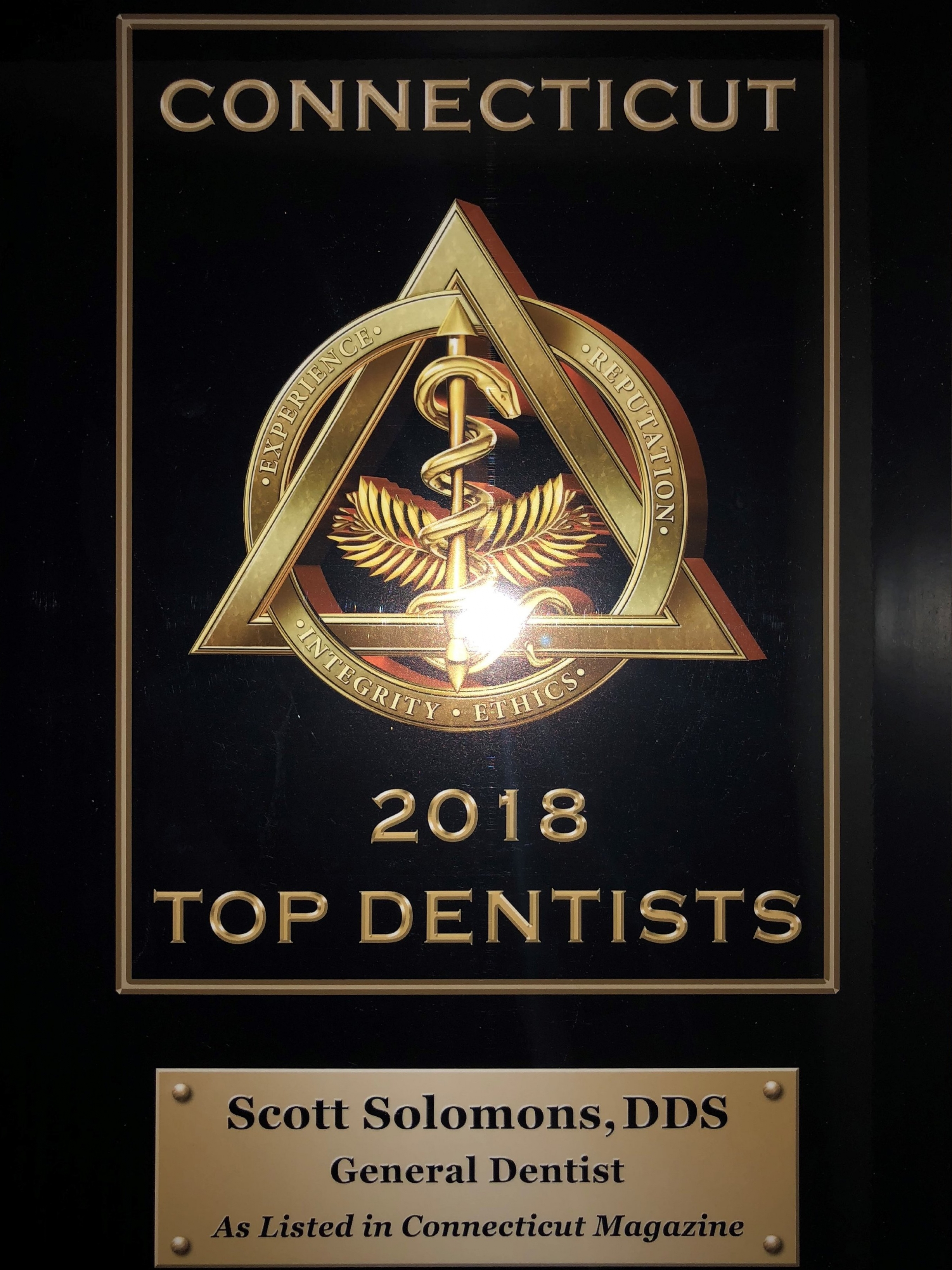Why You Should Be Happy Your Dentist Is Using A Microscope
Modern dentistry is a precision based endeavor. Magnification is indicated in all fields of dentistry and should be utilized by all dentists, in all areas. All restorative procedures have become more complex, more sophisticated and require more focus and attention. There has been an incorporation of technology into dentistry as well. Scanners and computers used today also require much more visual acuity as well. Microscopes enhance the quality of the treatment procedure by enhancing the view of the area being treated thanks to the quality, direction and intensity of the light as well as the magnification process. It is much easier to achieve excellent results if the surgical area is clear. Early diagnosis via microscopy can allow minimally invasive treatments to be performed with a high degree of comfort, saving time, money and patient anxiety.
My Carl Zeiss Microscope
Loupes With A Head Lamp
In dentistry, magnification is usually done using loupes. Loupes are available with a fixed magnification between 2 - 5 times. The working distance of a loupe is fixed. Since a medical loupe is worn on the dentist’s head, it follows every movement of the wearer. For the duration of the movement, the field of view is blurred to a greater or lesser extent. The dentist has to find the correct working distance to enjoy a fully focused image again. The magnification factor of Microscope is variable between approximately 1.5 - 30 times. The microscope is mounted and moved, and remains stable. The working distance can be changed so that the dentist is in a comfortable position. The stronger the loupes, the heavier and more uncomfortable they become. Intra-oral cameras can be used, but they are only two-dimensional and limited. When looking through the microscope, the dentist has three-dimensional vision. With an integrated camera or with still or video cameras attached to the microscope, images of the highest quality can be taken during treatment.
The Loyola Medical Center studied surgeons to see what factors were prerequisites to becoming good surgeons. They determined that visual acuity was the single largest predictor of who became the best surgeons. The superior practitioner has the ability to see the relevant anatomical structures to allow superior efficiency.
“Patients rapidly come to understand that a dentist using a microscope is working at the very highest standards of the profession”
Degrees of magnification
Many procedures could not be performed without a microscope and therefore it enables the clinician to offer many more treatments than would otherwise be possible. Having more control of the clinical environment can lead to greater efficiency less stress and more predictable outcomes. Patients rapidly come to understand that a dentist using a microscope is working at the very highest standards of the profession.
A Special Thanks to Carl Zeiss Microscopes





